 Written by Hulet Smith, OT
Written by Hulet Smith, OT
As an occupational therapy student or newly practicing OT, you’re probably well aware of the vast array of tools available for both your own use with clients and also for your clients to use. However, when you’re just starting out or developing a new practice, it can be difficult to know which kinds of equipment you’ll require, and harder to know which products to recommend to clients to ensure their unique needs are met.
Utilizing the practice of task analysis or activity analysis can help OTs better assess the techniques, equipment, and tools necessary for clients to perform a specific activity. This process also helps determine the specific tools you will need as an OT to use with your clients for diagnosis and treatment.
One of the best examples of how activity analysis is incorporated into a formal initial evaluation is by performing Activities of Daily Living (ADL) assessments, like the Katz Index or the Barthel Index. The assessments help OTs to ascertain if the usual, everyday equipment the patient is using is suited to their abilities, and what kinds of modifications may be required.
Assistive technology is used as an umbrella term to cover a comprehensive class of assistive, rehabilitative, and adaptive devices, and is defined as any system that enables individuals to perform tasks they would otherwise not be able to do while simultaneously increasing the individual’s safety and ease while performing the task.
Assistive technology is a central component of occupational therapy, and the knowledge of how to select, source, and use such equipment is critical in the improvement of a client’s quality of life and independence. Choosing the right tools for the job minimizes barriers to function and promotes the health, safety, and well-being of the client.
We, the therapist founders of RehabMart, created the following list to share our years of cumulative clinical experience and the benefits of hands-on experience by detailing the most important tools of the occupational therapy trade.
Similar to rolling walkers, gait trainers provide support and balance for walking. OTs recommend them to help stabilize individuals of any age relearning to walk after an injury, and for those who are challenged with walking due to conditions such as spina bifida, cerebral palsy, and other cognitive or developmental disabilities. Gait Trainers help prevent flexion contractures, improve balance and posture, strengthen muscle tone, and increase muscle memory.
Designed for children in varying stages of walking ability and non-ability, pediatric walkers and rollators are used by OTs to provide balance and stability to their young clients. Wheeled walkers and rollators are generally better suited for kids with upper body weakness, while standard, non-wheeled walkers provide great support for youngsters who have the ability to pick the walker up between steps. Pediatric walkers come in both anterior (support in front) and posterior (support from behind) styles to suit the specific needs of each client.
Also known as vestibular rehabilitation therapy (VRT), this exercise-based program utilizes specific movements and equipment to help reduce the disequilibrium and dizziness that accompany vestibular disorders in children and adults. OTs use a range of tools, such as swings, bolsters, balance beams, and other balance-enhancing devices to decrease troublesome symptoms and restore proper balance and function to their clients.
OTs recommend standing frames for their clients who use wheelchairs extensively. Available in a wide selection of styles and sizes, standers and standing aids enable passive standing positions for people living with mild to severe disabilities, including quadriplegia and paraplegia. This alternative positioning reduces the health risks associated with prolonged sitting, improving physical, emotional, and mental health for clients of any age.
Specially designed with the smaller, growing bodies of children in mind, pediatric standers, stand systems, and standing frames are used by OTs for their younger clients who have compromised ambulation skills and conditions like cerebral palsy that require them to sit in wheelchairs for long periods of time. OTs help their pediatric patients through the act of standing to improve circulation, respiration, digestion and elimination, bone density, mental acuity, and well-being.
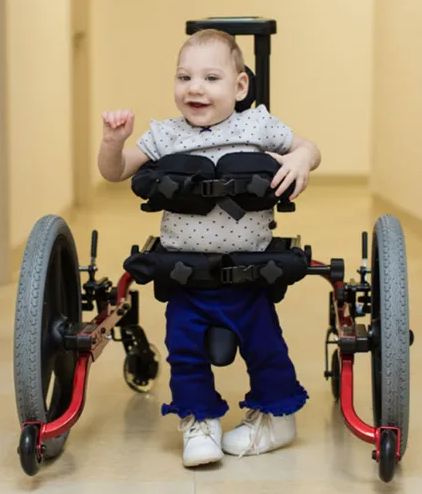
OTs must be aware of the varying styles, supports, and positioning options of special needs strollers available in order to help parents determine the best stroller to meet the special needs of their child. From minor mobility issues to the most complex positioning needs, special needs strollers come in a vast assortment of configurations to adapt to the child, including tilt-in-space, early intervention, folding, fixed position/multiple positioning, and certified bus transits, ensuring adaptive mobility for every child.
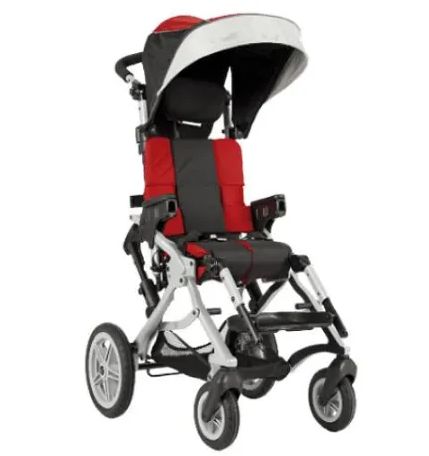
Assistive pediatric seating encompasses a wide range of specially designed seating options for children requiring spinal alignment, pelvic stability, head support, and other specific positioning support. It’s important for OTs to choose the correct seating systems for their pediatric clients for every environment and activity, including school, home, therapy, transport, and recreation. Adjustable, grow-with-your-child pediatric activity chairs and pediatric specialty chairs provide more options for children and teenagers, specifically adapting to their unique needs to enhance learning, concentration, and focus.
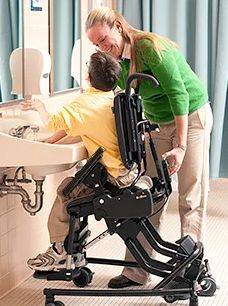
An important role of an OT is to help get both adults and children moving with fun and functional activities; Adaptive bikes and trikes come in several different types and styles to choose from, including recumbent bikes and hand-pedalers. OTs can help their clients living with developmental delays, arthritis, cerebral palsy, muscular dystrophy, and other cognitive and physical disabilities by finding the right supports and positioning aids for a tricycle that adapts to their requirements.
Promoting cognitive and intellectual activity, multisensory learning tools are often used by OTs to help children and adults with a sensory processing disorder surmount obstacles limiting the stimulation of proper sensory integration. With multimodal integration of two or more sensory modalities of sight, touch, sound, smell, and motion, multisensory stimulators use multiple tools and environments to enhance coherence and connection, and OTs utilize this therapy for clients with learning disabilities, sensory processing issues, dementia, Alzheimer’s disease, and other cognitive disorders.
Visual stimulation devices are used by OTs to help children of all ages develop and improve vision and brain function, encouraging quicker visual development and increased brain growth. Several of these tools facilitate healthy visual attention and stimulation, and can also have a calming, relaxing effect for kids who are overstimulated.
Occupational therapists work in conjunction with physical therapists to help patients who need hand therapy for a variety of reasons: manual arthritis, carpal tunnel syndrome, nerve damage, muscle/tendon tears, and rehabilitating fractures to name a few. This type of therapy recovers as much hand, finger, and wrist dexterity and strength as possible. Devices like balls, bands, weight bars, grips, and stacking cones are used in a variety of applications to assist their clients with hand-related disorders.
The assistive devices used by OTs to help pediatric clients develop or regain gross motor skills include a wide and varied collection of fun and functional tools. Because they’re most often used with children, gross motor equipment seeks to engage the child with play while they also reap the benefits of the therapy to improve their gross motor skills. Specific tools help clients with a wide range of skills, including body strengthening, reducing gravitational insecurity, and a higher tolerance for movement.
OTs who treat children will need specially designed tables and chairs for their practice, along with the ability to recommend this furniture to meet the young client’s special needs at home, school, and other settings. Offered in a vast selection of styles, these special needs furniture options provide appropriate supports, positioning, and leg and wheelchair room to participate in schoolwork, craft projects, therapy exercises, and play.
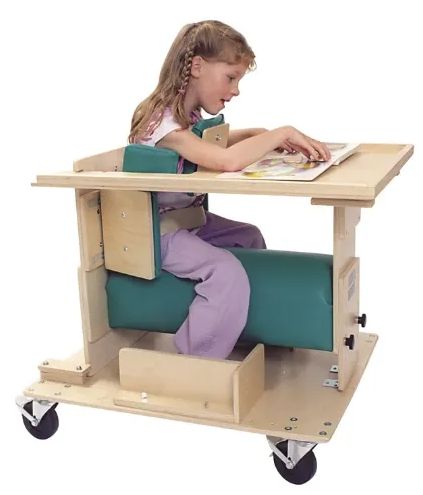
There is a wide selection of augmentative and alternative communication (AAC) devices that help children and adults who are unable to verbalize or express their needs, thoughts, and ideas to others. OTs often coordinate the care of their non-verbal clients with other therapy professionals, such as speech-language pathologists, to ensure the best assistive solution for each unique individual. AAC devices are used by people with neurological conditions, traumatic brain injury, congenital conditions, and children and adults on the autism spectrum.
Specially designed work-hardening devices and equipment support OTs in helping their patients regain the work skills relevant to their jobs. Using a multidisciplinary approach to simulate the actual working environment of the patient, OTs employ work conditioning combined with work-hardening products to improve their clients’ work performance skills following illness or injury.
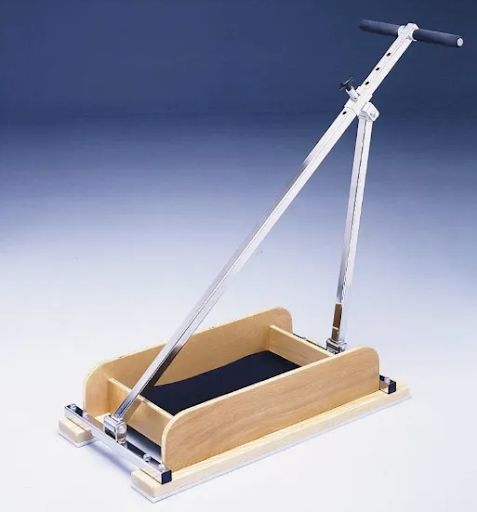
Work tables for therapy and rehabilitation are a must-have for OTs, as they provide the most innovative and helpful designs for comfortable, safe therapy sessions with clients. The vast selection of group therapy tables, hand therapy tables, powder board tables, work tables, hi-lo tables, tilt-top tables, and other adjustable and accessible tables ensures every OT finds exactly the right fit for their practice.
Occupational therapists frequently utilize motor activity centers with their pediatric clients who live with a sensory processing disorder and other individual sensory impairments. These fun and engaging devices stimulate the senses through visual, tactile, and auditory pathways, enhancing sensory skills while also helping to improve fine and gross motor skills.
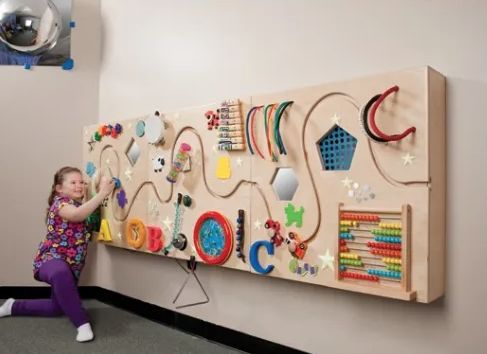
The diverse selection of sensory-motor and perceptual activity tools enables OTs to help children integrate sensory-motor functionality and to more fully develop healthy creative, cognitive, physical, social, linguistic, and emotional skills. These specially designed devices engage children to play with them and help kids improve their sensory detection and processing skills.
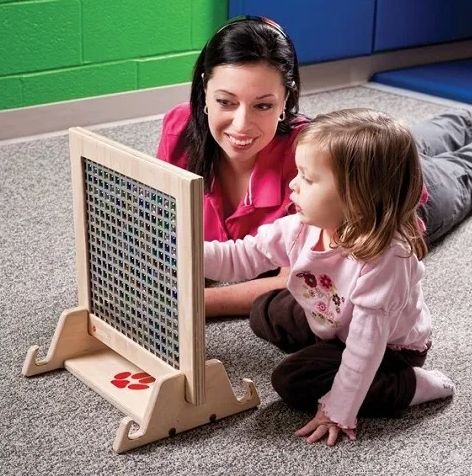
Involving sensations of touch and texture, tools for tactile stimulation help children with tactile sensory issues to overcome sensitivities and aversions to different types of texture sensations. OTs use a wide and varied selection of devices to engage children with tactile therapy, including vibrating toys, blankets, textured walls, water and sand toys, gel trays, and brushes.
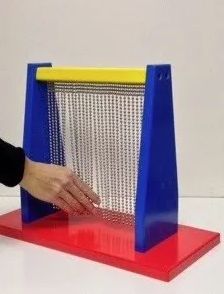
These adaptive toys offer capability switches, or are switch-adaptive, enabling kids living with various disabilities and impairments to more easily interact with them. OTs use stimulus reward switch toys with their younger clients to address a mixture of therapy needs, as these toys are fun and interesting, and the child is rewarded with a sound, bubbles, flashing light, or some other stimulus when they push the capability switch.
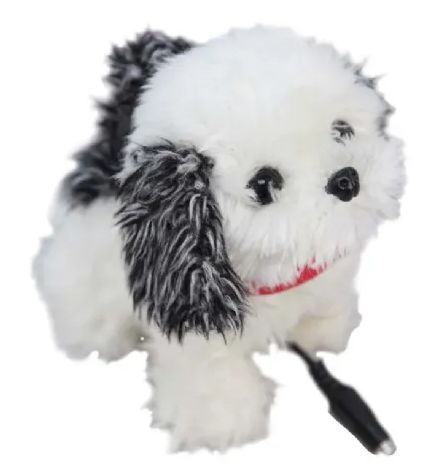
Occupational therapists often work with children and adults affected by neurological disorders, such as multiple sclerosis, epilepsy, Parkinson’s disease, Alzheimer’s disease, dementia, and stroke recovery. There are many different types of neuro-medical devices and equipment that OTs use to help their patients, such as TENS and NMES to manage neuromuscular pain, light therapy for mood, skin, and neuromuscular disorders, and vibroacoustic therapy to soothe stress and improve health on every level.
As the most widely used assistive technology, grab bars enable a secure hand-hold for balance and standing maneuvers. OTs use them in their own practices to ensure their office is accessible to their patients and also recommend their placement around various rooms of the patient’s home and workspace to ensure their safety. These bars are especially important in bathrooms and shower stalls as they provide stability for elderly or disabled people to maintain balance when rising from a seated position or standing on a wet surface.
Kinesthetic chairs encourage good postural habits while allowing the body to be in motion in the seated position. OTs make recommendations for their clients who need a kinesthetic activity to enhance their mental focus. Kinesthetic chairs are helpful for both children and adults.
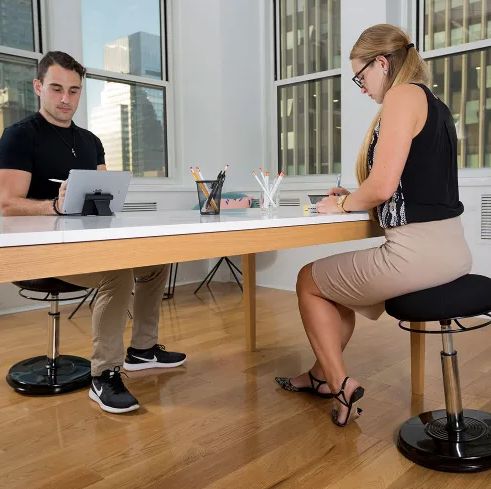
Blankets, vests, lap pads, and wearable animal shapes can be weighted with non-toxic materials to provide soothing sensory input for children and adults with sensory processing disorders. OTs frequently recommend these products to their clients on the autism spectrum, along with those who have anxiety, sleep disorders, and ADHD, as the proprioceptive input from the deep pressure is highly therapeutic, calming, and effective.
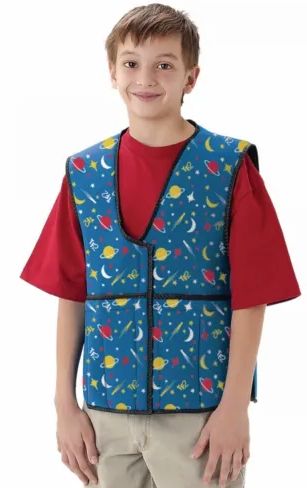
Home accessibility devices and adaptive aids are tools that assist people with limited mobility to maintain quality of life in their homes and communities. These devices can range from small hand-held adaptive aids like reachers to larger items like sit-to-stand lifts, such as the one pictured below. The growing elderly population is among the main users of these types of devices, as more and more people prefer to age in place.
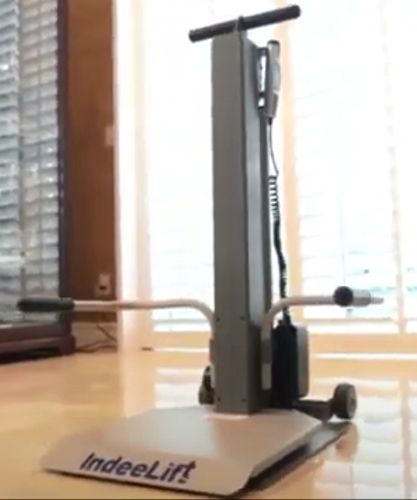
If you’re an occupational therapy student, you may already be overwhelmed by the sheer number of varied medical and rehabilitative equipment you have at your disposal. Yet it is exactly because of that extensive variety that all of your client’s needs can be met. The best OTs are aware of the assistive technology choices available to them and their clients, and utilize activity or task analyses, ensuring the right choice for the specific, unique need, every time. Be sure to take advantage of our comprehensive educational database, Caregiver University. Our experienced therapists and staff at Rehabmart are always ready to assist and answer your questions.

Co-founder/CEO of Rehabmart, Pediatric Occupational Therapist, husband, and father. Passionate about connecting special needs kids with superb nutrition, sensory integration, and complementary health strategies. Excited about Rehabmart's mission to become the premier online educational platform which empowers caregivers by spotlighting innovative devices and interventions to achieve optimal patient response and recovery.